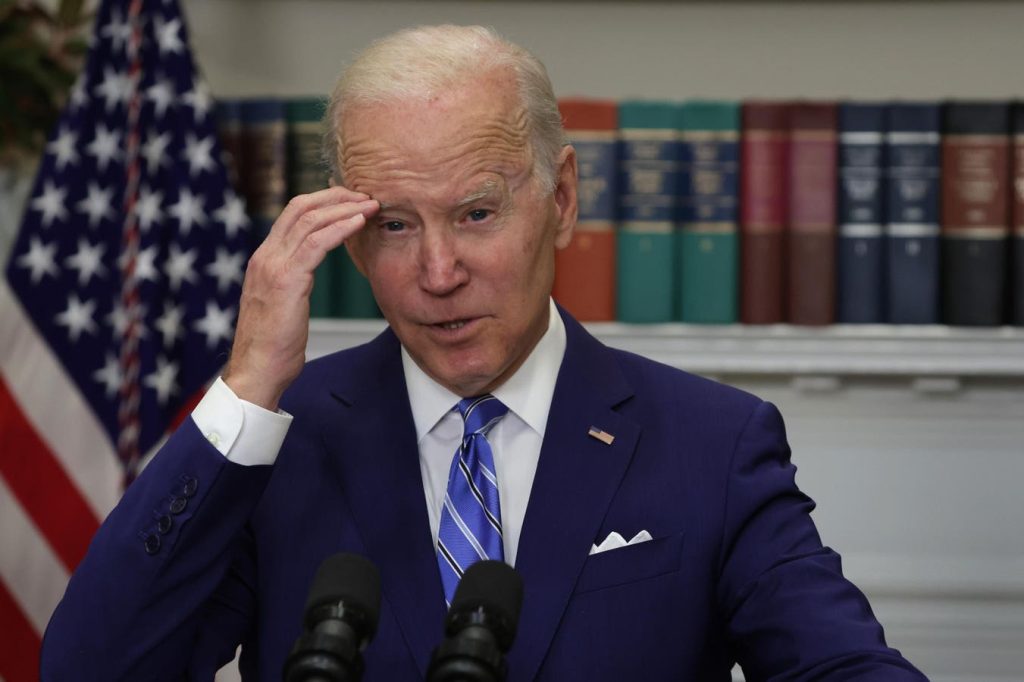The consensus forecast has gone in and out on the question of recession. At present it seems to have three camps. One points to still strong jobs growth and insists that the economy will avoid recession altogether. The White House consistently leads this group. A second side contends that the jobs numbers are misleading and that a recession is immanent. This camp gains and loses followers with each new bit of data. Yet a third splits the difference, arguing that recession will wait until 2024. Generally, Democrats join the White House’s preference for the first camp’s line of reasoning. Republicans relish the third prospect.
Forecasting – cyclical timing especially — is always a dubious business, but circumstances nonetheless yield at least two strong probabilities. First, recession, whatever its exact timing, is likely. Already, the impact of high interest rates and the ill effects of inflation on economic activity have become evident. Second, the recession, when it arrives, should be mild, certainly nothing like the disaster of 2008-09 that still looms large in collective memory.
Most of today’s economic reality points to the near inevitability of a cyclical downturn in the not-too-distant future. The Federal Reserve (Fed), after wasting a year denying inflation, has over the last 15 months raised interest rates very aggressively. Even the June pause in this pattern leaves likely the prospect of more hikes later. In any case, the Fed has made clear that it has no intention or pushing rates down again any time soon. At the same time inflation has eroded the real buying power of incomes at all levels of society and in all sectors of the economy, stifling immediate spending growth and undermining the confidence necessary for lasting growth. Already, ample evidence has emerged of the retarding effects of this reality.
Homebuilding may have ticked up slightly in April, but more significant is how it has fallen almost 13% over the prior year. Consumer spending has also lagged. Retail sales, though up marginally in May from April, have risen only 1.6% over the prior twelve months. After inflation, that amounts to a significant real decline, which should be no surprise since average weekly earnings, having risen only 3.4% in the past year, have also failed to keep up with inflation. Meanwhile, orders for capital equipment have fallen about 1.0% over the past twelve months and that is without accounting for the effects of inflation. Even if the Fed were suddenly to reverse its interest rate policy – not likely until inflation drops to near 2% or so – this slowdown would build on itself for a considerable time.
However likely a recession looks in this economic circumstance, it promises to be mild by historic standards. This comforting caveat stems from the relative strength of household finances. The last recession of 2008-2009 was especially severe because it emerged in the face of an enormous debt overhang concentrated among vulnerable lower-income people. Because the layoffs and income shortfalls of the initial downturn caused these people to default, the recessionary effects cascaded through the financial system, spreading the economy’s troubles more widely and more painfully than would otherwise have been the case. Now, however, such a debt overhang does not exist. On the contrary, the household sector has shown remarkable financial prudence.
Even as mortgage rates have risen, Fed data show that households have held down the portion of income absorbed by mortgage payments. At 3.97% of income, recent readings are admittedly up from lows of 3.48% early in 2021, before the Fed began raising interest rates, but the burden has increased only marginally. Most important, today’s figure remains well under the 7.2% mortgage payment burden on income averaged in 2007, just as the last economic correction was getting under way. Nor has what the Fed calls “revolving credit” – mostly credit card debt – risen much. It absorbs some 5.7% of household incomes, up from lows of 4.9 in early 2021 but still below the 6.0 that prevailed as the last downturn was getting started.
It might also provide perspective to realize that despite the spendthrift reputation of Americans, debt use in this country is not especially high by the standards of most developed economies. According to the International Monetary Fund (IMF), outstanding American household debt of all kinds amounts to about 78% of the country’s gross domestic product (GDP). That is unsurprisingly high compared with poorer countries, where home ownership is uncommon, such as Russia, where household debt amounts to only 22% of GDP or India, where it comes to 35%. But the American figure is not much higher than China’s 62% or France’s 67% or Japan’s at 69%. It is not even much higher than Germany’s 57%. Meanwhile, America looks prudent next to the United Kingdom, where household debt amounts to 86% of GDP or Canada, where it amounts to some 107%, or Australia where it comes to 119%.
It remains an open question whether the recession will arrive tomorrow or will wait until next year. What is more important is that it is likely and that it should be mild by historic standards, especially compared to the last episode.
Read the full article here










